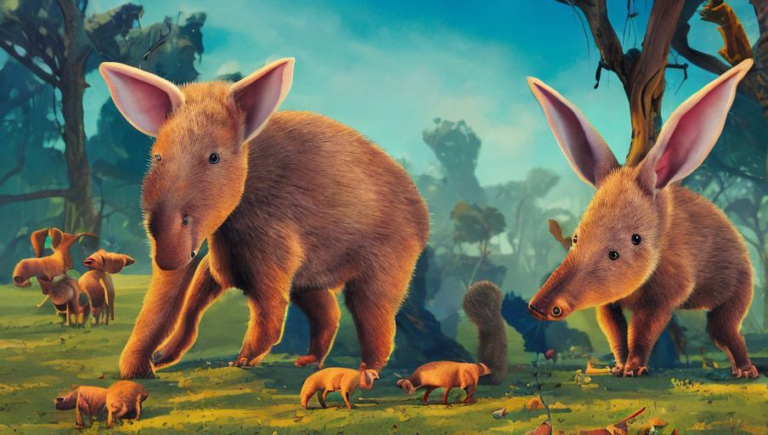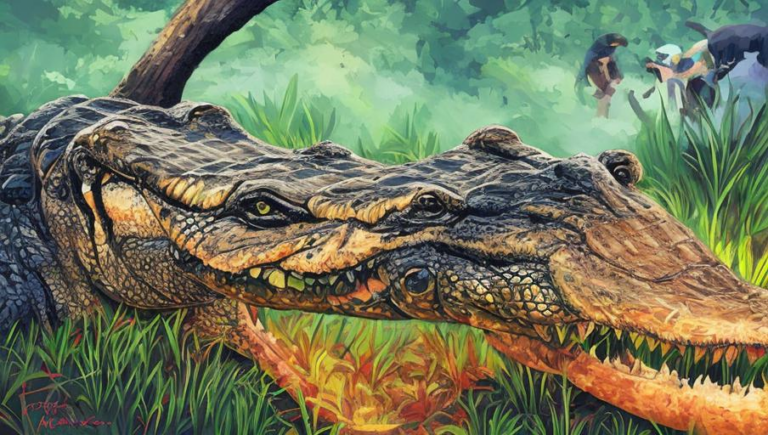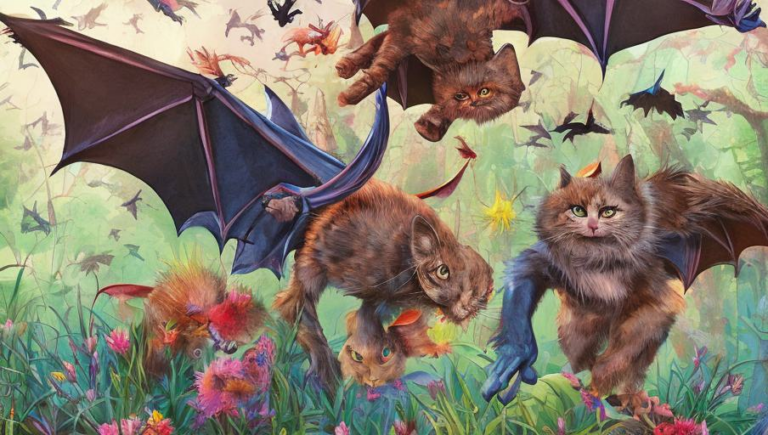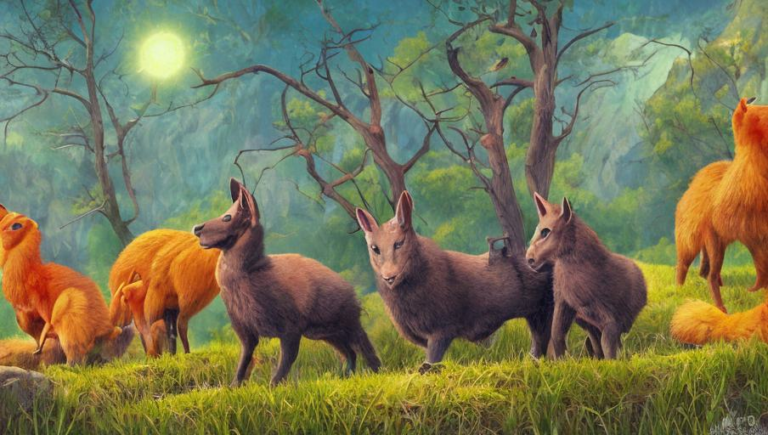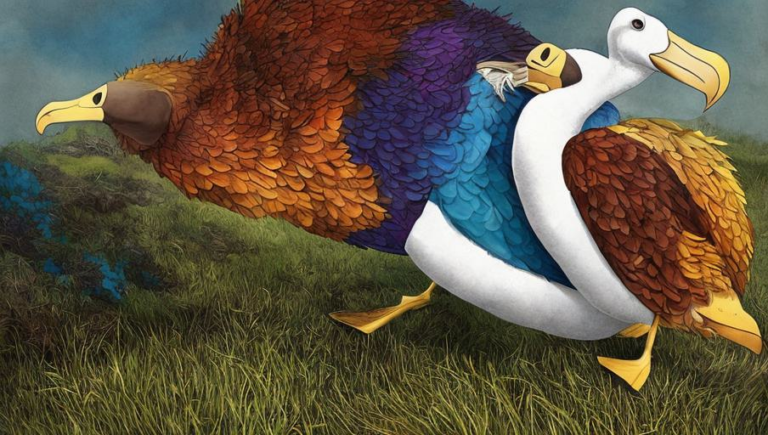Insight from Bear Researchers
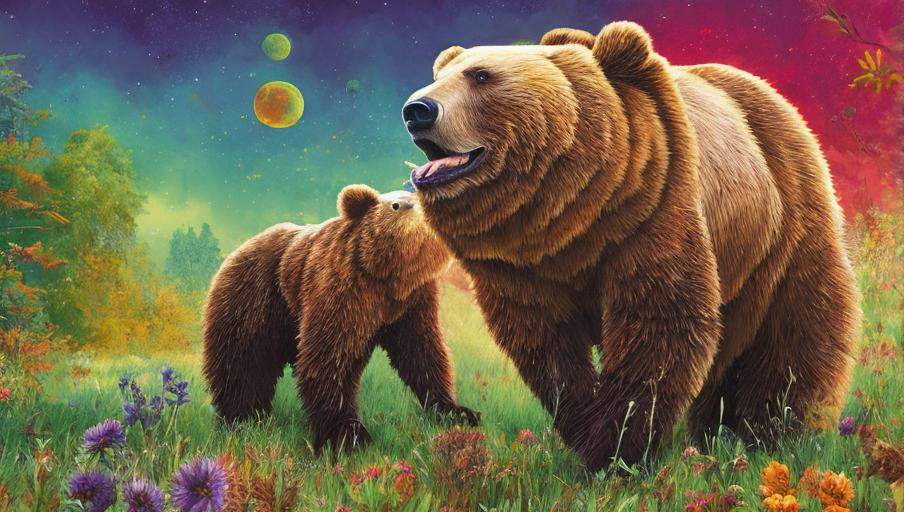
A Closer Look at Bears
Bears are fascinating creatures that have long been a source of awe and fascination. There are 8 bear species across the world, including the polar bear, the brown bear, the black bear, the sun bear, the sloth bear, the spectacled bear, the giant panda, and the Asiatic black bear.
Bears are highly intelligent, social animals that live in a variety of habitats around the world. They are typically solitary animals, but some species such as the brown bear and the polar bear are known to form family groups. Bears are omnivorous animals, meaning they eat both plants and animals. They primarily feed on fruits, nuts, roots, and insects, but also feed on larger animals such as fish and small mammals.
Bears are an important part of the global ecosystem and play an important role in maintaining the balance of nature. Unfortunately, their populations are decreasing due to habitat loss and human activities such as hunting and poaching. As a result, conservationists and researchers are working hard to protect and conserve bear species.
Studying Bears
Researchers have studied bears for decades in order to better understand their behavior, ecology, and physiology. By studying bears, researchers can gain insight into how the species has adapted to its environment and what factors have enabled it to survive. This information can then be used to inform conservation and management efforts.
In addition to gaining insight into the species, researchers are also looking into the psychological aspects of bear behavior. For example, researchers are attempting to understand why bears sometimes exhibit aggressive behavior towards humans and what measures can be taken to prevent such interactions. By studying these behaviors, researchers can gain a better understanding of how to coexist with bears in their natural habitats.
Protecting Bears
In order to ensure the survival of bear species, conservationists and researchers are working together to create protective measures. These measures include creating protected areas, enforcing laws against hunting and poaching, and increasing public awareness of the importance of conserving bears. Additionally, researchers are looking into ways to minimize human-bear interactions in order to reduce the risk of conflict.
By working together, researchers and conservationists can help to protect and conserve bear species around the world. Through research, education, and protective measures, we can ensure the future of these amazing creatures and the ecosystems they inhabit.
